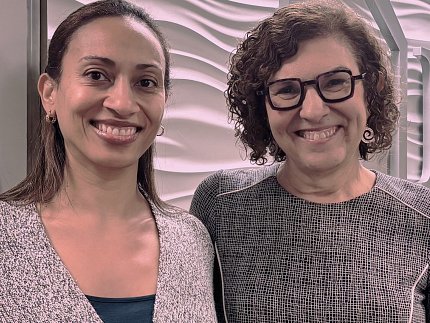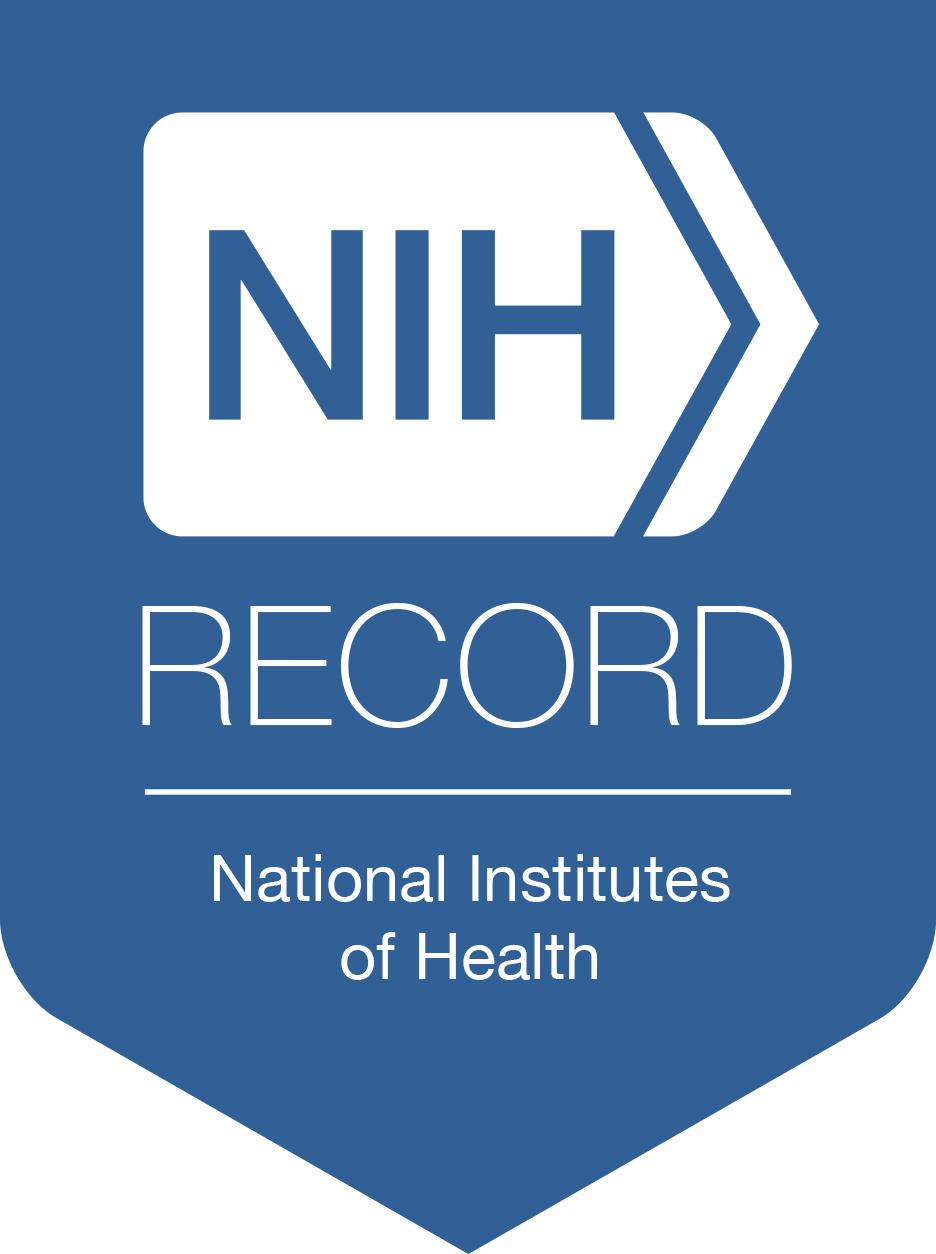NIH Investigator Examines How Stressors Affect Heart Health

Dr. Allana T. Forde is driven by a clear philosophy.
“The word ‘can’t’ is not a part of my vocabulary,” said Dr. Forde, a researcher at NIH’s National Institute on Minority Health and Health Disparities (NIMHD).
The daughter of immigrants from Guyana, she was encouraged to pursue higher education. She set out to be a physician, but instead found herself drawn to a career in public health. She received her M.P.H. in epidemiology from George Washington University and her Ph.D. in epidemiology from Columbia University. She is now a Stadtman Tenure-Track Investigator in the Division of Intramural Research at NIMHD.
Dr. Forde’s research examines how stressors contribute to cardiovascular disease (CVD) and its risk factors. Her interest stems partly from the health disparities she witnessed during her time spent in the Caribbean conducting research for her NIH Fogarty International Center fellowship. Another motivation for her CVD research hit much closer to home: her father passed away from CVD complications while she was in her master’s program.
“These health outcomes are preventable,” she said. “If we can identify the contributing factors, we can intervene.”

Another important facet of Dr. Forde’s work is the example she sets for the next generation of researchers.
“I was fortunate to have amazing mentors, and I continue to apply the same mentorship philosophies to my own mentees,” she said.
She is extremely proud of her mentees’ success and grateful for the opportunity to be a part of their journey. “There will always be hurdles,” she reminds her mentees, “but you can overcome anything if you believe you can”—hearkening back to her own motto.
Dr. Forde recently experienced a full-circle moment when her mentor from her postdoctoral studies, Dr. Ana Diez Roux, visited NIH to present on the social determinants of health at the NIH Director’s Wednesday Afternoon Lecture Series (WALS).
